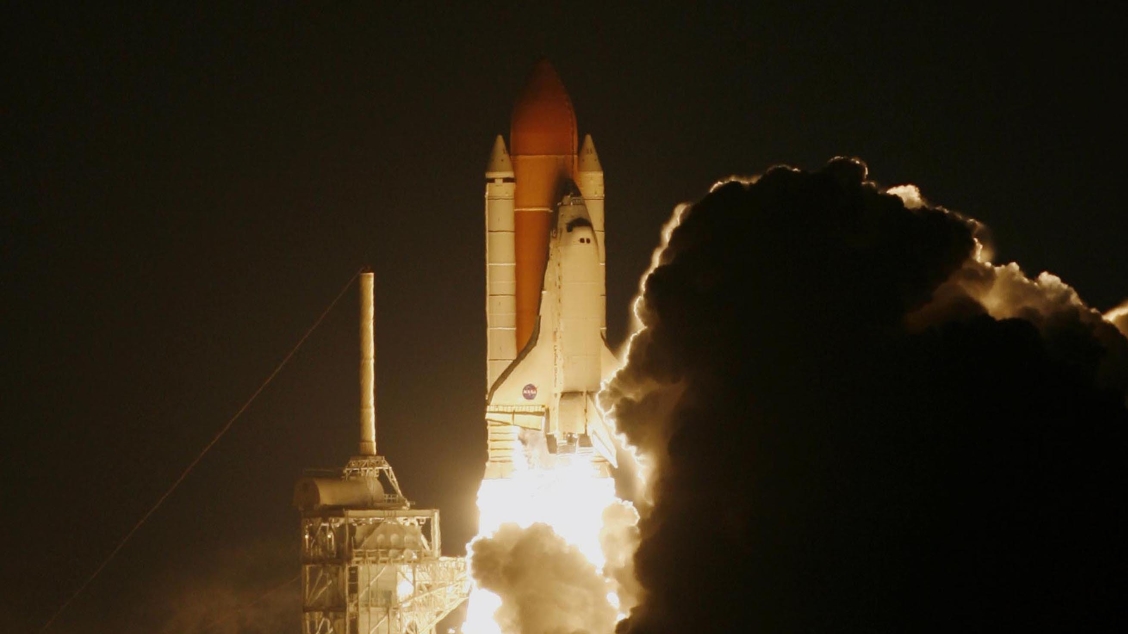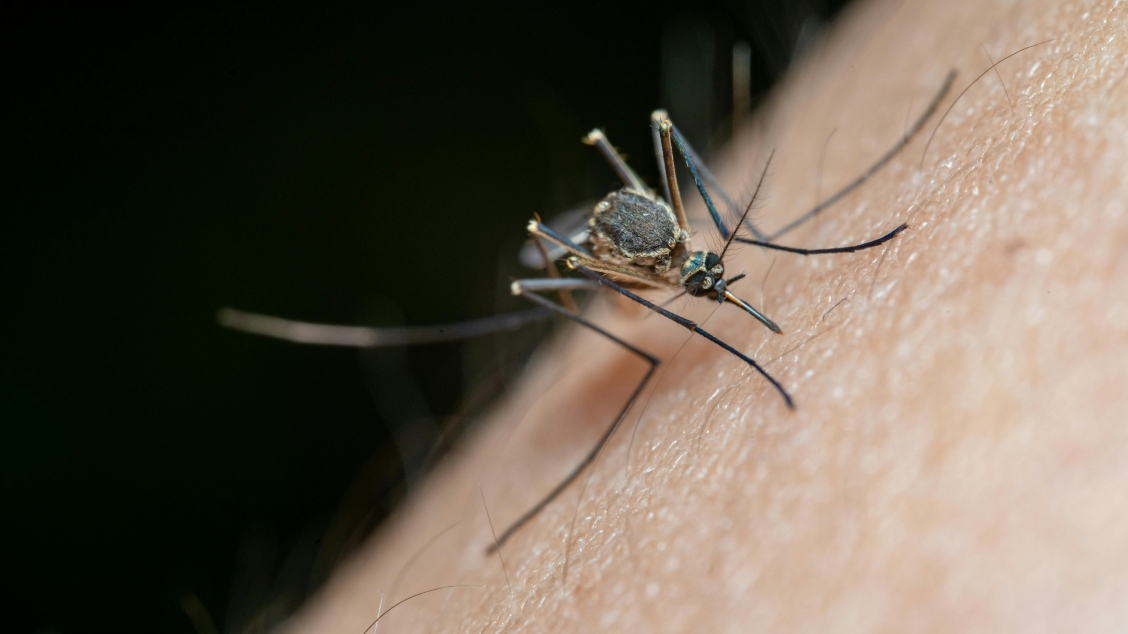
The Billionaire Space Race, Space Tourism, and Climate Crisis
On Tuesday 20th July, American business mogul Jeff Bezos’ launch vehicle “New Shepard” completed a 10 minute, 10 second journey to the edge of space for the first time with passengers on board. Bezos was accompanied by both the oldest and youngest passengers to ever reach space: Wally Funk, an 82-year-old former member of Mercury 13—a space programme established in 1960 in which women underwent the same training as men, but were never considered for space travel—and Oliver Daemen, an 18-year-old student. This arguably marks the beginning of space tourism
The beginning of space tourism
On 12th June, a commercial ticket for the flight was auctioned for a grand total of USD 28 million, which will be given to Club for the Future, a foundation founded in 2019 by Blue Origin aiming to encourage the younger generation to pursue careers in STEM and inspire their interest in “the future of life in space”.
The construction of the reusable, computer-controlled rocket is as follows: The capsule is attached to a booster, and they are blasted from the ground together in the vertical direction. At approximately 250,000 ft, the booster detaches itself from the capsule and will land at around 2 miles from the original launching place, allowing the capsule to continue alone until it reaches approximately 350,000 ft, which just surpasses the boundary between Earth and space, where passengers experience a brief period of microgravity. It will then begin its descent via parachute back down to Earth.
The new space race
Another prevalent company and Blue Origin’s competition in what has been called the “billionaire space race” is Virgin Galactic, with their spaceplane VSS Unity, as the two enterprises share the same aim of providing suborbital space travel to paying customers. However, if the original auction price for a ticket on a New Shepard flight is anything to go by, this privilege is exclusive to the affluent minority and will be completely non-viable for the other 99% of the population. Despite the fact that these new spacecrafts incorporate new technology, suborbital space flight is no revolution in the scientific domain, with the first crewed flight of this kind, NASA’s Freedom 7, taking place in 1961.
In addition to its infeasibility for the majority of the Earth’s population, the safety of space tourism for the layperson has also been questioned. As the space-tourism industry is currently self-regulatory, these spacecrafts aren’t subjected to the same rigorous safety control measures as commercial aircrafts, and their development has been far from smooth-sailing, with a trial launch of Virgin Galactic’s SpaceShipTwo in 2014 resulting in a crash and the death of one of the two passengers aboard.
Thorough training is required to prepare those travelling to space in the event of an emergency, and much remains to be elucidated regarding the effects that space travel can have on passengers; for example, NASA is conducting ongoing research into the effects of microgravity exposure for various time periods. Future passengers of New Shepard will fly at their own risk and will also have to sign a waiver before travel forfeiting their right to sue Bezos should they be involved in an accident.
Climate change
Particularly considering Bezos’ statement about the fragility of the planet and the damage human activity is having on the Earth in his post-launch interview, all this has left many wondering why the hundreds of millions of dollars spent on the development of these vehicles was not instead channelled into tackling the climate crisis, which, of course, affects 100% of the population. In fact, launching a rocket into space releases colossal amounts of carbon dioxide and other chemicals into the upper atmosphere, where they remain for up to 3 years, consequently depleting the ozone layer and causing further deleterious effects on the environment.
Concerns such as these are addressed in MDPI Special Issues such as Environmental Issues in Aerospace and their Impact on Public Health published in IJERPH, Aircraft Emissions and Climate Impact published in Aerospace, and Green Propulsion: Present Solutions and Perspectives for Powering Environmentally Friendly Space Missions published in Aerospace.
Due to the previously minuscule amount of space tourism activity, its warming impact was considered to be inconsequential. However, considering the amount of emissions produced distributed among the number of passengers—hundreds on a commercial airplane vs. only a few on a space flight—the imminent rise in the popularity of space tourism poses a further significant threat to the environment and makes a worrying contribution to the already dire situation of the climate crisis.
If you want to learn more about space travel, read our article Beyond the Moon.










